Architecture and Industry: The migrant contribution to nation-building
Linking immigrant social histories to industrialisation through an explicitly spatial analysis, this project explores the post-war architectural, rural and industrial landscapes of Australia as shaped by the labour of displaced persons.
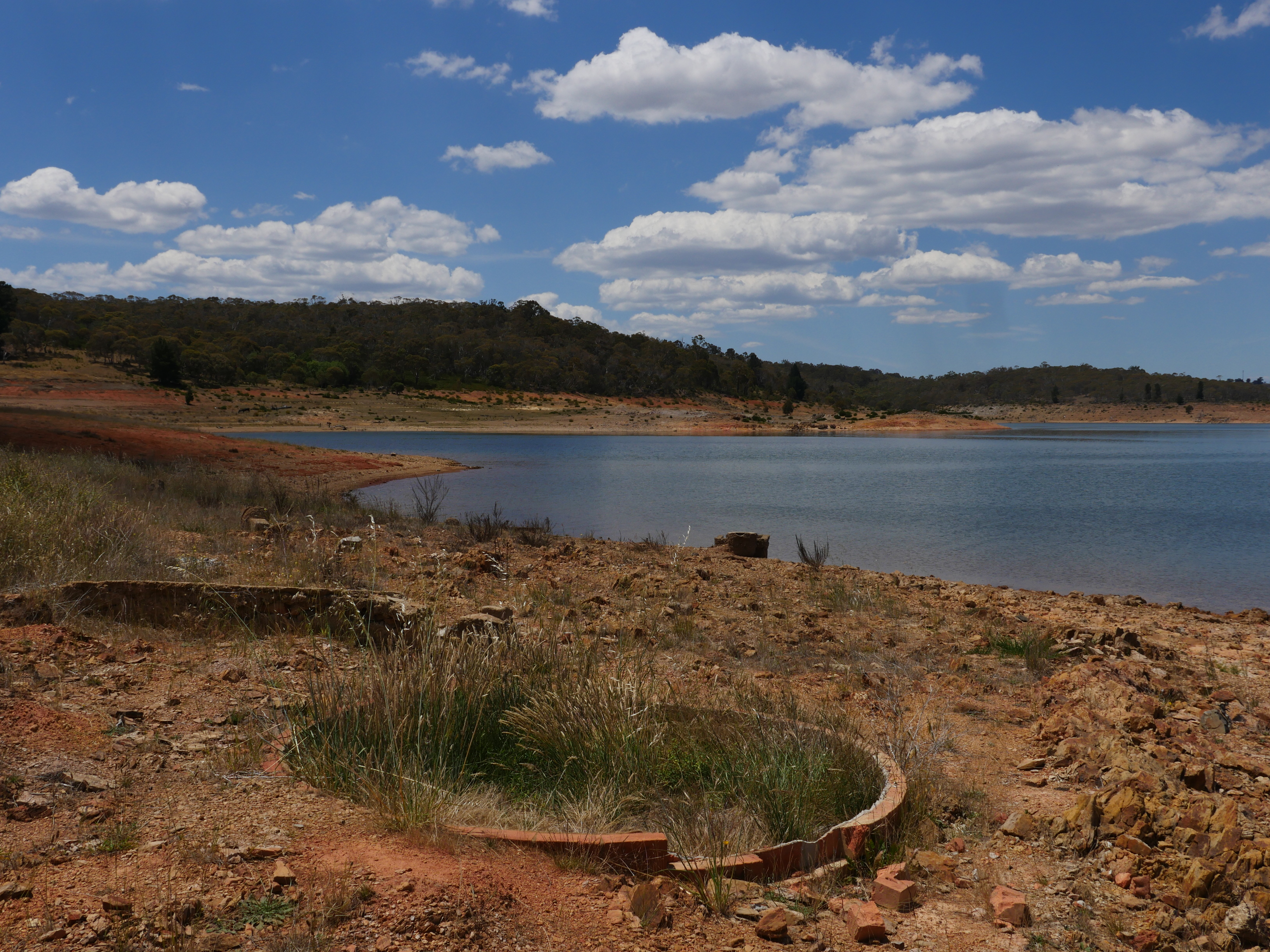
Migrants after World War II were critical to the spatial making of modern Australia. Major federally-funded industries driving post-war nation-building programs depended on the employment of large numbers of war displaced persons. Directed to remote, rural and urban industrial sites, migrant labour and resettlement altered the nation’s physical landscape, providing Australia with its contemporary economic base. While the immigrant contribution to nation-building in cultural terms is well-known, its everyday spatial, architectural and landscape transformations remain unexamined. This project aims to bring to the foreground post-war industry and immigration to comprehensively document a uniquely Australian shaping of the built environment.
Immigration, industry and settlement were catalytic for modernisation in Australia after World War II, a period shaped by post-war reconstruction. Federal and corporate funding for major industries together with government policies for population growth enabled nation-building programs that shaped remote, rural and urban environments into modern industrial landscapes. Populations were drawn from war-destroyed nations, underdeveloped economies, and hostile political environments. Focussing on the architecture and landscapes of major but under-documented industrial sites and their complex social histories, this project will examine the intersection of the built environment and industrial growth, shifting attention to acknowledging the spatial and material dimensions of the immigrant legacy and broadening the social scope of design and planning historiography including architecture, landscape and domestic living environments. In a contemporary sense, this project speaks directly to both anxieties and aspirations of new refugee and immigrant arrivals by uncovering the extent of the contribution made by war-displaced populations to national development in the past.
Immigration centres and industries that employed refugee and immigrant labour in the postwar period can be thought of as nodes in a spatial and labour network—the running of each was dependent on the other. The case studies aim to convey this network, its nodal points and inter-cultural social interactions through a study of the camps, key industrialsites for hydro-electric power generation, defence and raw-material production selected due to their significance in the history of immigration and Australian modernisation and capacity to convey their co-dependence, and the later dispersal of new immigrants into manufacturing and service industries at the metropolitan periphery. In doing so the project reveals how labour and domicile environments of refugees shaped Australia internally, highlighting their interaction and competition with other groups. Examples are drawn from the populous southeastern states; recipients of the largest numbers of post-war refugees.
-
Camps
Led by Dr. Alexandra Dellios, Australian National University.
-
Company Town
Led by Prof. Anoma Pieris, The University of Melbourne.
-
Cold War Infrastructure
Led by Associate Prof. Andrew Saniga, The University of Melbourne.
-
Heavy Industry
Led by Associate Prof. Mirjana Lozanovska, Deakin Unersity.
-
Suburbs
Led by Associate Prof. David Beynon, University of Tasmania.
-
Housing
Contribution by Renee Miller-Yeaman. PhD candidate, The University of Melbourne.

Prof. Anoma Pieris, The University of Melbourne.
Anoma Pieris has published internationally on the nexus between architecture, citizenship and postcolonial politics including histories of migration and construction labour. She works comparatively across multiple geographies and advocates for the agency of subaltern subjects and their histories. Her anthology titled Architecture on the Borderline: Boundary Politics and Built Space (Routledge: Architext series 2019) explores refugee camp environments and cross-border mobilities globally, building on her interest in human displacement. This project builds on findings in her ARC Future Fellowship (2015-2018) on World War II internment and military camps that were repurposed for migrant camps. Anoma has a strong publication record with multiple research monographs and is co-author with Lynne Horiuchi of the forthcoming book The Architecture of Confinement: incarceration camps of the Pacific War (Cambridge University Press), Anoma assumes overall responsibility for leading the project, team management, communication and planning and leads the case study on the Snowy Scheme for which she has undertaken preliminary research. She co-edited a theme issue on Immigration, Architecture and Industry for the journal Fabrications with Mirjana.
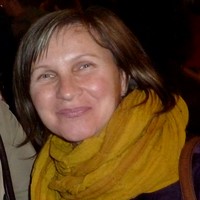
Associate Prof. Mirjana Lozanovska, Deakin University.
Mirjana Lozanovska has international and national recognition as a leading scholar on migration and architecture with numerous publications on migrant housing and a definitive anthology titled Ethno-Architecture and the Politics of Migration (Routledge 2016). Her monograph, Migrant Housing: Architecture, Dwelling, Migration (Routledge 2019) consolidates key theoretical frameworks for studying immigrant architecture, including a socio-architectural trans-national approach and methodology. Mirjana led the symposium Aesthetic Anxiety or Performative Subjectivity: National Narratives Encountering Migrant Architecture in Australia (Nov. 2017), and #Vacant Geelong, a research project investigating Geelong’s vacant industrial sites and immigrant heritage provides strong research base on industry/migration relevant to this project. Mirjana will play a leading role in the theoretical framing and historiography for the project. She is responsible for the case study on Port Kembla, working with Alexandra to gather primary ethnographic material. She will lead the Creative Research Project on Immigration Networks with Dave and has coedited the journal theme issue with Anoma.
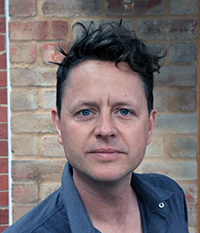
Associate Prof. Andrew Saniga, The University of Melbourne.
Andrew Saniga has established his expertise on the landscape architecture profession in Australia and its role in nation-building, through his book Making Landscape Architecture in Australia (2012) and has published previously on Woomera in collaboration Anoma. In 2014 he visited a key research institute, the Centre for Land Use Interpretation in Los Angeles, and interviewed founder M. Coolidge regarding USA Cold War infrastructure comparable to Woomera. Andrew will frame Australia’s incipient Cold War relations after WWII, leading the case study on Woomera, a topic on which he has conducted preliminary writing and research. He will strengthen the overall landscape-centred approach adopted for broader rural and urban contexts of the case studies, through his expertise on the profession of Australian landscape architecture post war and a range of landscape projects that were constructed with immigrant labour (Saniga, 2012, pp. 1-4; 62-66; 128-143). He will examine the careers of government architects and landscape architects engaged in designs for specific built works to articulate links between the profession, industry and immigrant labour. He has undertaken research on immigrant communities and migrant gardens in Melbourne.
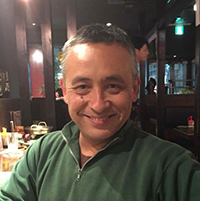
Associate Prof. David Beynon, University of Tasmania.
David Beynon has written extensively on the institutional architecture of Asian immigrants in Australia, the subject of his PhD thesis, Hybrid representations: the public architecture of migrant communities in Melbourne (2002) and has strong community linkages and is able to work across Asian Studies and Asian-Australian topics. Dave will historicise the end of the White Australia Policy and the entry of Asians into Australia. He is an active member of the international Society of Architectural and Urban Historians of Asia, founded and led Anoma. He is responsible for the case study on the dispersal of Vietnamese immigrants from migrant hostels into suburban Melbourne, involving ethnographic work in the community. He was a collaborator on Vacant Geelong with Mirjana and will co-convene the Creative Research Project Immigration Networks with her.

Dr. Alexandra Dellios, Australian National University.
Alexandra Dellios has published the definitive book on the Bonegilla migrant centre titled, Histories of Controversy: Bonegilla Migrant Centre (2017) the subject of her PhD thesis (Constructing public history, framing collective memories: Bonegilla Migrant Reception and Training Centre, 2014) and brings her knowledge of archival resources and oral interview methods to this project. She leads the study of migrant camps and hostels tracking the links between specific camp environments and the industries selected as case studies. A recently published ECR in this area, Alexandra brings expert knowledge of the archival resources and departmental records pertinent to the topic. Her archival access is further aided by her location in Canberra. She contributes her expertise in social history and memory work to gather oral histories on specific sites, providing the necessary complement to the architectural case studies. She works with the team members in documenting the physical facilities as conveyed through historical records and social memories.

Renee Miller-Yeaman. PhD candidate, The University of Melbourne.
Renee Miller-Yeaman's research looks at government and private institutions and housing. Her PhD focuses on migration histories and government-sponsored housing in the second half of the 20th Century. The project contends that ideological and physical conceptions of home influence the political narratives surrounding historical and current temporary housing options for refugees. Her work drawing from interdisciplinary approaches, investigates the intersections between government discourse, social histories and design. She graduated with a Masters of Architecture from the University of Melbourne in 2013. Renee has taught at the graduate and undergraduate level in the Faculty of Architecture, Building and Planning, University of Melbourne.
IMMIGRANT NETWORKS: Migration + Industry + Architecture + Landscape
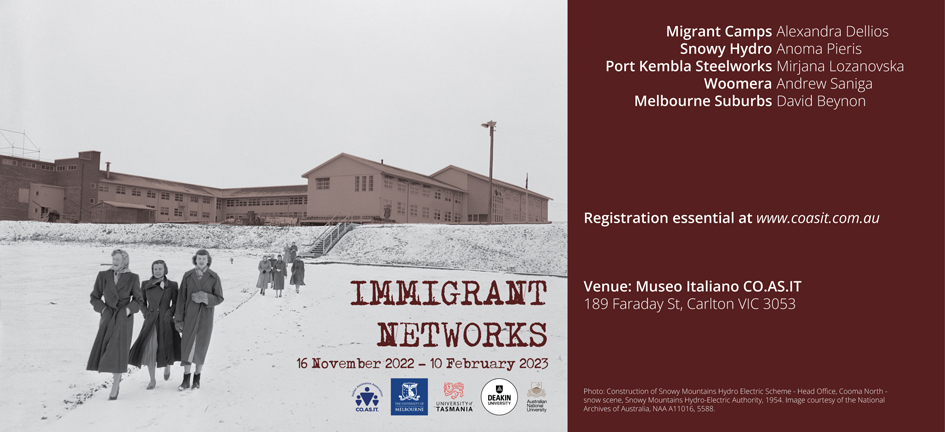
Museo Italiano Co.As.It. 16 November 2022 - 10 February 2023
Post-WWII reconstruction in Australia was intertwined with mass immigration and industry. Federal and corporate funding for major industries together with government policies for population growth enabled nation-building programs that transformed remote, rural and urban landscapes. The immigration centres and industrial sites featured in this exhibition convey an interdependent spatial and transnational labour network consisting of nodal points of inter-cultural social interactions. The exhibition includes: a study of migrant camps (with the examples of Benalla and Greta), key industrial sites for hydro-electric power generation (Snowy Hydro), defence (Woomera, Long Range Weapons Establishment) and raw-material production (BHP Steelworks, Port Kembla), independent small businesses and associated industry and streetscapes in Melbourne suburbs. These examples are significant to the history of immigration and modernisation, and convey their co-dependence.
-------------------------------------------------------------------------------------------------
Greg Ellis, “Memories Flood Back on Steelworks Tour,” Illawarra Mercury, 05.04.2021 : 6 (Mirjana Lozanovska interviewed by Greg Ellis)
Tour with past Immigrant Workers, 25 March 2021. Tour organised by Verica Sajdovska (Macedonian Welfare Association, MWA) and Pia Solberg (Multicultural Council Communities Illawarra, MCCI). Two components of Tour: Steelworks with support Craig Nealon (Bluescope Steelworks) and Brent Hilbrink-Watson Inside Industry; Tour of Wentworth Street.
Peril, Territories of Difference, April 19, 2020
SAHANZ 2020, Roundtable, Diasporic Architecture and Australia’s Unfinished Histories
SAHANZ Session at SAH 14-18 April 2021, Diasporic Architectural Histories. Chaired by Mirjana Lozanovska (Deakin University) and Anoma Pieris (University of Melbourne).

Fabrications, The Journal of the Society of Architectural Historians, Australia and New Zealand, 29: 2, 2019. Editorial: Anoma Pieris & Mirjana Lozanovska (2019) Industry + Architecture: National Narratives/International Forces, Fabrications, 29:2, 127-130
Anoma Pieris, Mirjana Lozanovska, Alexandra Dellios, Renee Miller-Yeaman, Erik Eklund, David Beynon & Richard Tuffin (2019) Forum: Industrial sites and immigrant architectures. A case study approach, Fabrications, 29:2, 257-272
